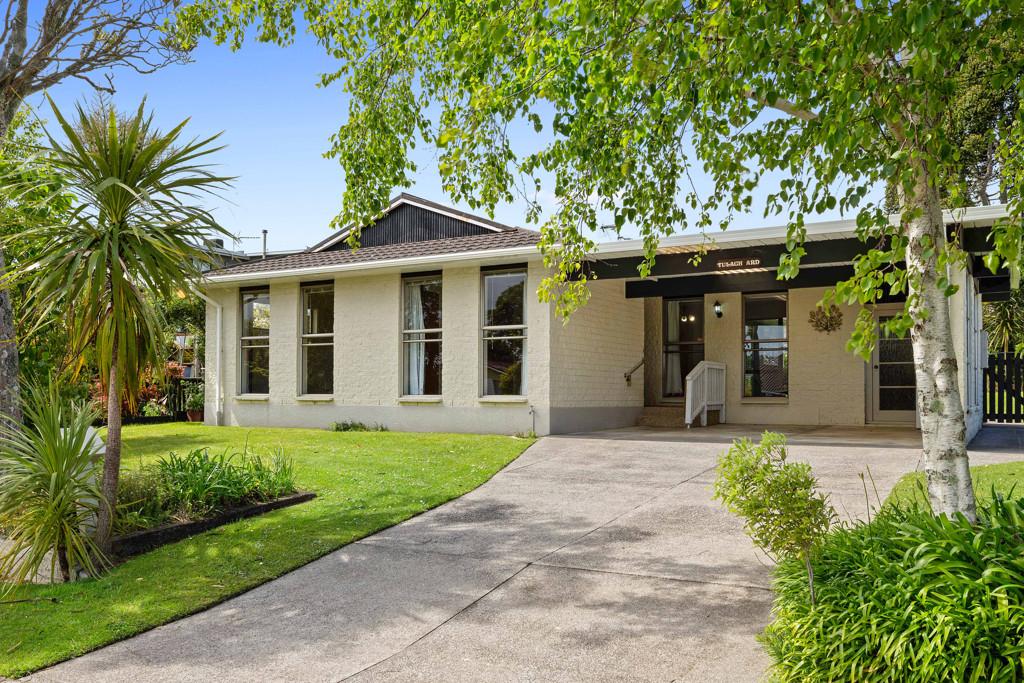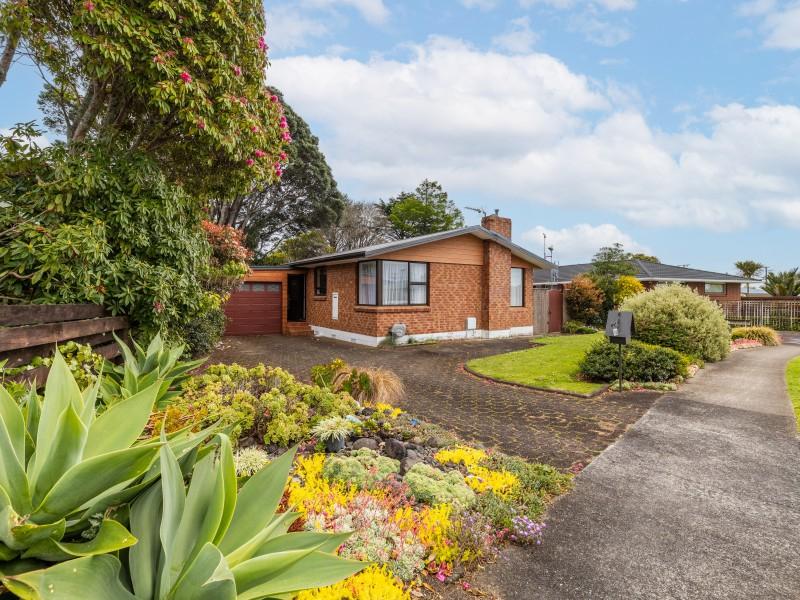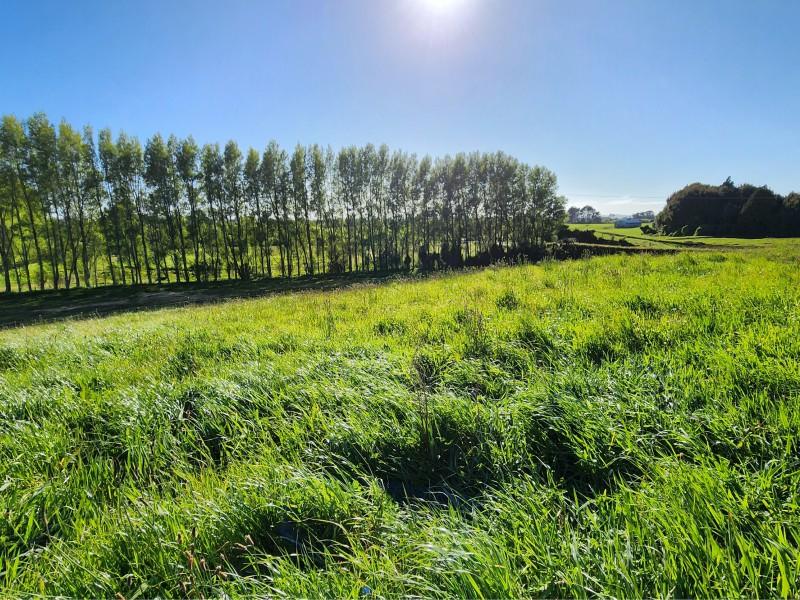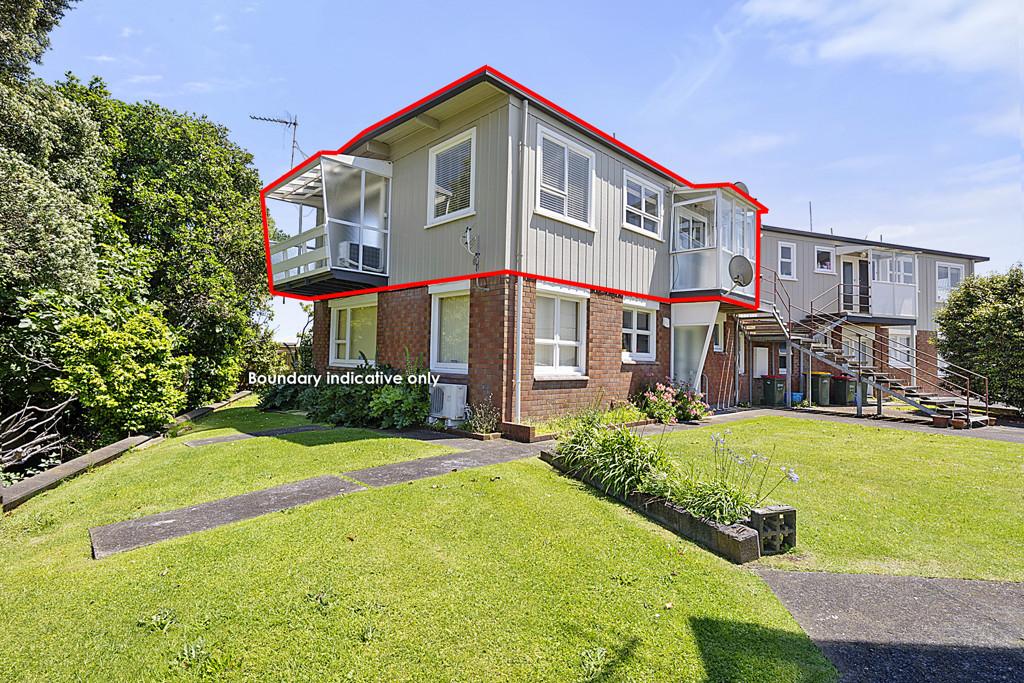The Old Beaten Track
Title: The Old Beaten Track
We all know the risk on the horizon right? Social, economic and environmental instability are destabilising our fragmented food system. Just imagine if another disaster had happened at the same time as COVID-19. Which is not a stretch of the imagination when you look at the news and see geopolitical relations at the moment or see strange weather patterns that are creating droughts lasting into Autumn.
The real and perceived logistic breakdowns in the food chain have shown many people it is more important than ever to build a stronger local food supply, so that the food grown in their backyard, street, town or region is feeding the communities who live nearby.
Meanwhile, a 38-hectare site, which is on prime site in the central city is being used to ride horses around in circles. The Taranaki Racing Inc (TRI) pays the council $1 per annum for that privilege.
The public are being asked for their views on the future of New Plymouth's racecourse at the moment.
Four options are being offered in the survey:
- Granting a “forever” or perpetual lease to the race club.
- Granting a lease of up to 33 years.
- Creating a short-term lease of three to five years.
- Ending the lease.
I encourage you to make your opinion heard and fill in the very quick survey available through the NPDC website.
www.newplymouthnz.com...
The survey closes on July 10 and will be used to inform decision making.
Please note that I don’t want to demonise horse racing fans, we all need our hobbies. But there are plenty of country tracks where the racing can continue.
Imagine an urban food hub with orchards, community gardens, market gardens, food forests and educational sites with the latest innovative regenerative agriculture techniques being showcased.
Food is front centre as one of the four pillars of Taranaki's future economy. Justine Gilliland, chief executive of Venture Taranaki said the following in the Taranaki 2050 Roadmap Report.
“Starting now, we will cooperate and collaborate to drive innovation and
individual/collective opportunities to establish Taranaki as a respected region for premium, sustainable/low-emissions food and fibre by 2040, to achieve prosperity, environmental and social success, with the collective value of kaitiakitanga.”
Taranaki’s economy has a significant food and fibre industry. It contributes more than $1.5 billion annually to Taranaki’s economy, sustains over 10,200 jobs in 3,813 businesses and comprises more than half of Taranaki’s manufacturing base. Taranaki has the second highest food production GDP per capita in New Zealand. I think that is worth celebrating and amplifying.
Future predictions are that food is going to be playing an even bigger part of our economy going forward post COVID-19. WITT is just across the road from the current Racecourse. I know they would really appreciate a site nearby where they can engage in hands-on education for their horticulture and agriculture students.
In Melbourne, Australia the Collingwood Children's Farm is a thriving inner city site that is a great resource for schools to take their kids and every weekend it is abuzz with Farmers Markets and visitors to their farm to fork cafe.
More than 160,000 children live in households without enough food or the variety of foods that are required for good health. That is 1 in 5 children in Aotearoa. At the same time farmers have high suicide rates and agriculture is New Zealands biggest contributor to carbon emissions.
The food system is broken, but we know how to fix it, we just need to showcase the regenerative agriculture methods to this and future generations of farmers. We need to connect the dots between the urban consumers and the rural farmer. We need to show tourists that we have a vibrant food story and practice in Taranaki and New Zealand.
The path to change is lined with delicious and nutritious food. We just need to be bold and set a path that is different from the old beaten track.
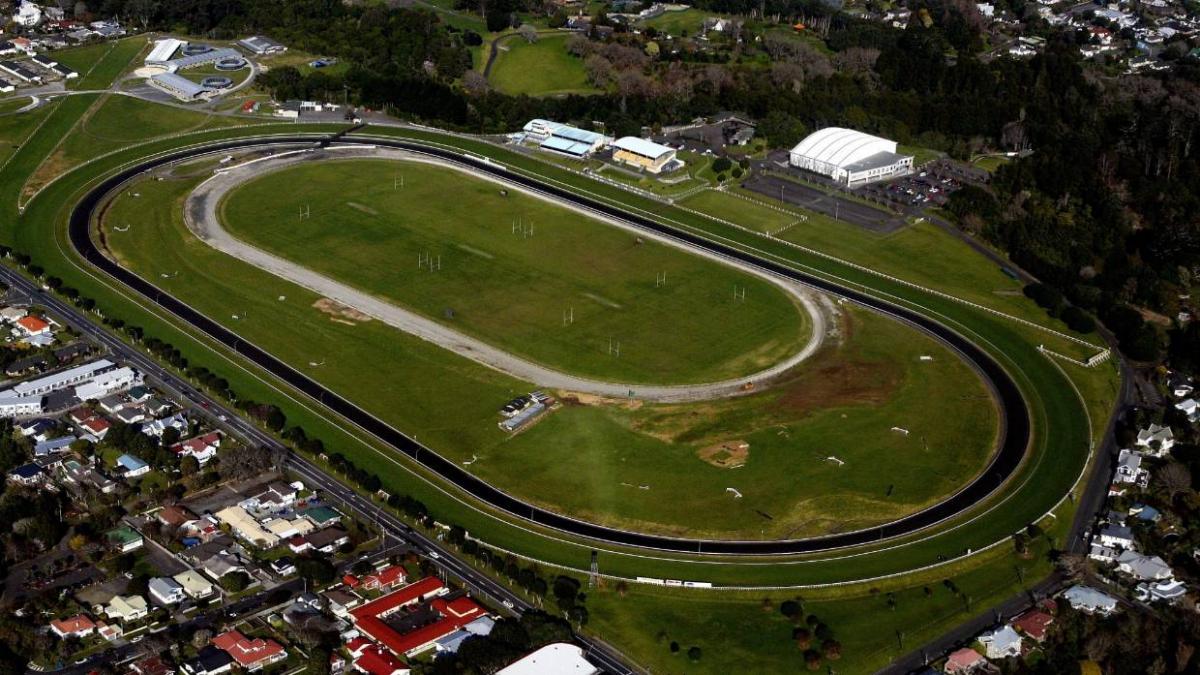
Poll: Should all neighbours have to contribute to improvements?
An Auckland court has ruled a woman doesn’t have to contribute towards the cost of fixing a driveway she shares with 10 neighbours.
When thinking about fences, driveways or tree felling, for example, do you think all neighbours should have to pay if the improvements directly benefit them?

-
82.7% Yes
-
14.7% No
-
2.6% Other - I'll share below
Live Q&A: Garden maintenance with Crewcut
This Wednesday, we are having another Neighbourly Q&A session. This time with John Bracewell from Crewcut.
John Bracewell, former Black Caps coach turned Franchisee Development Manager and currently the face of Crewcut’s #Movember campaign, knows a thing or two about keeping the grass looking sharp—whether it’s on a cricket pitch or in your backyard!
As a seasoned Crewcut franchisee, John is excited to answer your lawn and gardening questions. After years of perfecting the greens on the field, he's ready to share tips on how to knock your garden out of the park. Let's just say he’s as passionate about lush lawns as he is about a good game of cricket!
John is happy to answer questions about lawn mowing, tree/hedge trimming, tidying your garden, ride on mowing, you name it! He'll be online on Wednesday, 27th of November to answer them all.
Share your question below now ⬇️

What's your favourite recipe for courgettes?
Kia ora neighbours. If you've got a family recipe for courgettes, we'd love to see it and maybe publish it in our magazine. Send your recipe to mailbox@nzgardener.co.nz, and if we use it in the mag, you will receive a free copy of our January 2025 issue.

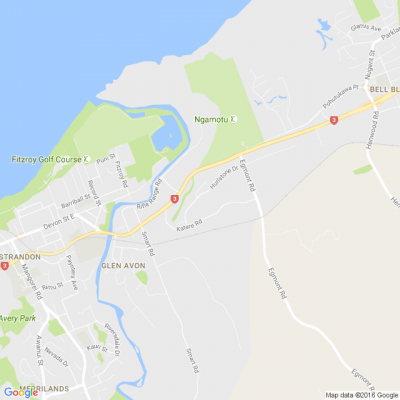
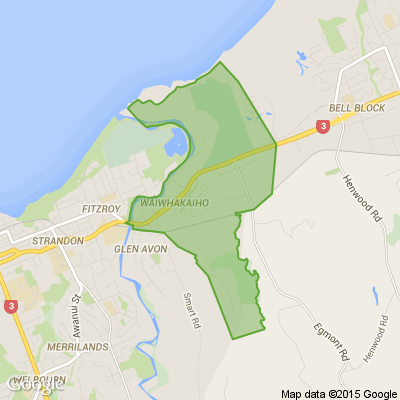
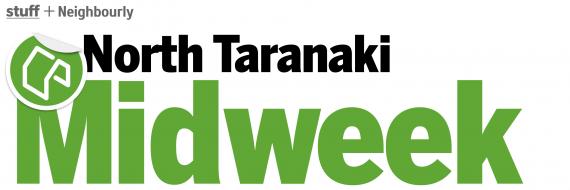




 Loading…
Loading…



